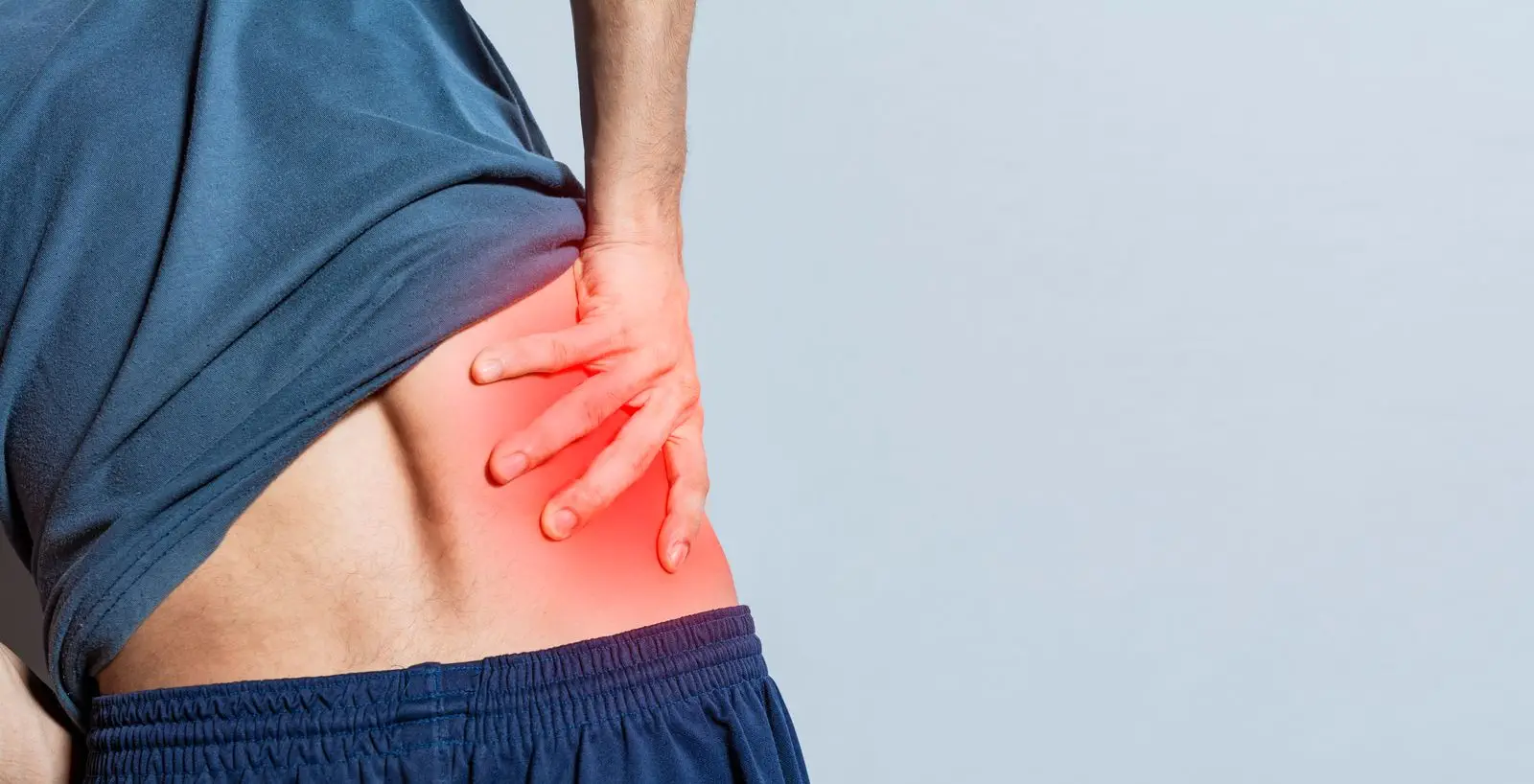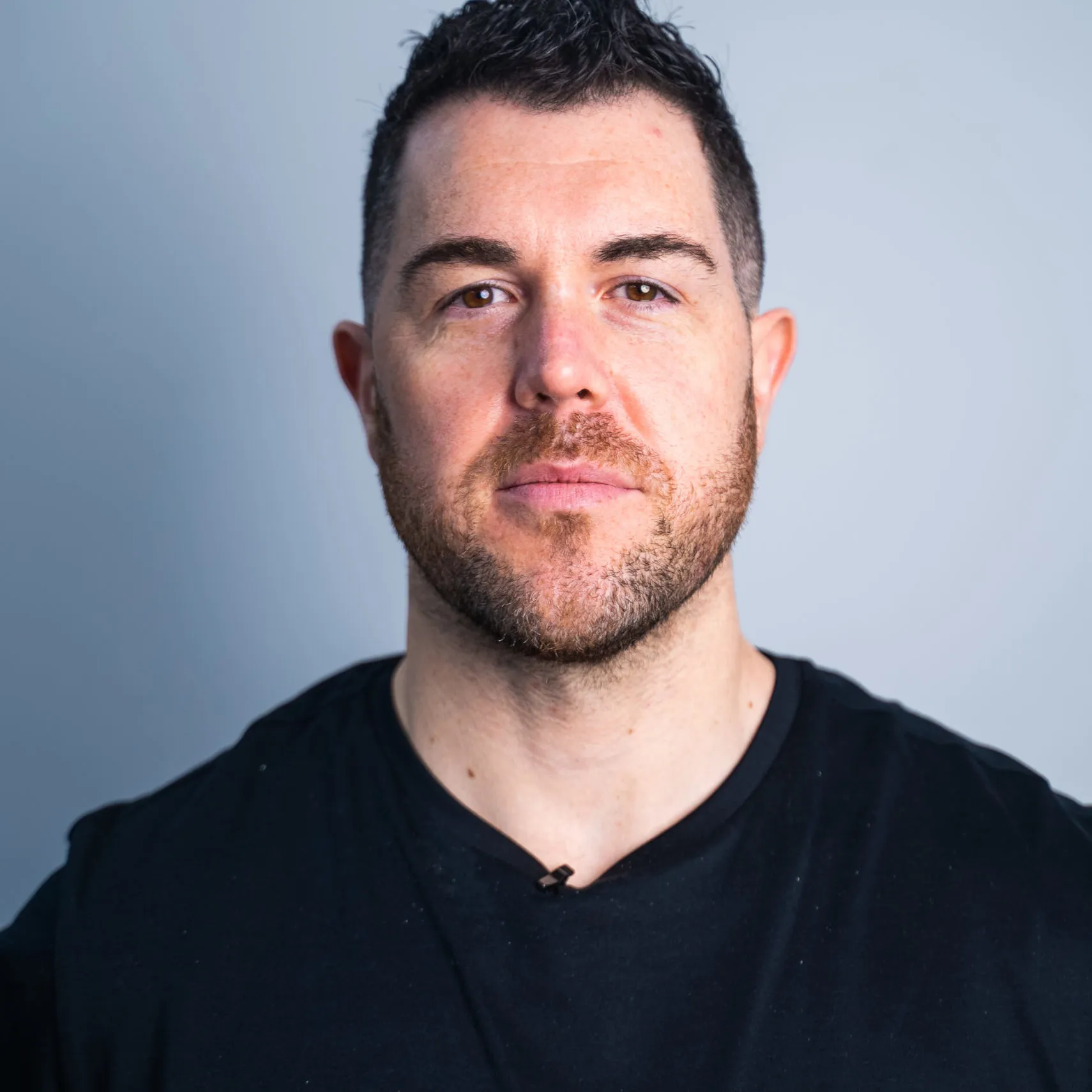Specialized Lower Back Pain Physiotherapy

- Personalised treatment plans for lower back pain, neck pain, and sciatica.
- Highly skilled team specialising in Manual Therapy, Exercise Rehabilitation, and Dry Needling.
- Advanced Non-Surgical Spinal Decompression for effective pain relief.
- Convenient location in Newlands Business Park, easily accessible from surrounding Dublin areas.
Expert Physiotherapy for Lower Back Pain Relief in Dublin
Experience unparalleled care at DC Physiotherapy Clondalkin, your local expert in lower back pain relief. Nestled conveniently in Dublin, our clinic is dedicated to providing specialised and effective treatment for lower back pain, aiding clients across Tallaght, Lucan, and the broader Dublin area. Our mission is to enhance your well-being by delivering personalised treatment plans crafted by our experienced and chartered physiotherapists.
Our Approach to Conquering Lower Back Pain
- Comprehensive Evaluation: Understanding your pain's root cause through in-depth assessment.
- Tailored Treatments: Customising your recovery plan using evidence-based techniques.
- Holistic Care: Focusing on overall health and preventing future back issues.
- Continuous Support: Offering guidance and rehabilitation to ensure lasting results.

What Our Patients Say...

Your Journey to Recovery Includes
Addressing Lower Back Pain
Suffering from lower back pain affects every aspect of your life, from work to daily activities. At DC Physiotherapy Clondalkin, we specialise in diagnosing and treating this prevalent issue, employing proven strategies like physiotherapy and rehabilitation to provide rapid relief and long-term recovery.
Our Expert Physiotherapy Services
Our clinic stands out for its dedication to excellence and patient-focused care. Recognized as a leading physio for lower back pain in Clondalkin, we ensure each client's journey towards pain-free living is smooth and effective. Trust our skilled physiotherapists to guide you through each step of your treatment, backed by our reputation and your neighbours' testimonials.
Success in Recovery
Leverage our expertise and state-of-the-art facilities to overcome lower back challenges. Our success stories reflect our commitment to restoring mobility and quality of life, making us a trusted choice for those seeking comprehensive back pain solutions.
Why Choose DC Physiotherapy?
At DC Physiotherapy Clondalkin, we understand the impact of lower back pain on your daily life. Our goal is not only to treat your current symptoms but also to prevent future occurrences.
With our client-centric approach, state-of-the-art facilities, and commitment to excellence, we ensure that each patient receives the highest standard of care.
Whether you are dealing with an injury, a chronic condition, or seeking to improve your overall physical health, our team is here to support you on your journey to recovery and well-being.
- Fast and effective relief from lower back pain.
- Dedicated to preventing future back issues and improving quality of life.
- Conveniently located for residents of Tallaght, Lucan, Ballyfermot, and the greater Dublin area.
- Flexible appointment schedules to accommodate your busy life.





